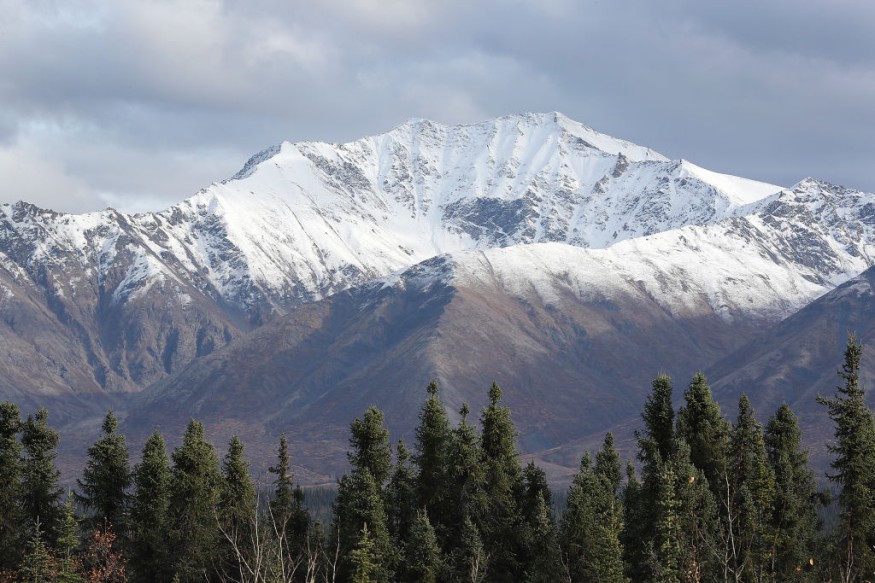In the cold regions of eastern Siberia, an abundant type of permafrost rich in organic material was discovered by scientists to have been a massive new source of nitrous oxide (N2O), one of the greenhouse gases that heats up our planet.
This Pleistocene-age, Siberian permafrost called Yedoma, with ice content of 50-90% by volume, stretches over more than a million square kilometers of land in the Northern Hemisphere.
Researchers found that the permafrost melts along the edges of Lena and Kolyma Rivers in northeast Siberia, and its waters release between 10 and 100 times the amount of nitrous oxide that would typically be expected from permafrost thaw.

"The high ice content of Yedoma makes it vulnerable for abrupt thaw and ground collapse, allowing rapid mobilization of soil carbon and nitrogen stocks after thaw," the researchers wrote in their published paper.
"Along Arctic rivers and the coastal zone of the Arctic Shelf, thawing of Yedoma permafrost creates steep, tens-of-meters-high Yedoma exposures, where many of the conditions known to promote N2O emissions from permafrost-affected soils are met."
Significant changes in the nitrogen cycle
The permafrost analysis revealed specific processes in the Yedoma that contributed to such a high N2O emissions, produced by microbes in the soil. The gas, as a warming agent, has far more significant effect in terms of temperatures, almost 300 times stronger than carbon dioxide, over a 100-year period.
As the N2O-producing soil thaws out, the nitrogen cycle pushes out more nitrous oxide as well. While these emissions start off slow, the speed of drying and stabilizing of sediments after thawing is partly responsible for the fast increase of the greenhouse gas emission over the course of less than a decade.
"While it is important to remember that such high N2O emissions will occur in particular settings, these conditions are not limited to the retrogressive thaw slumps along rivers studied here," the researchers explained.
"Similar disturbed nitrogen-rich Yedoma with successional plant cover are widespread along thermokarst lake shores, coasts, slopes, and valleys across the Yedoma region."
Availability of nitrogen in Arctic ecosystems
The reason that researchers previously thought that nitrogen trapped inside the permafrost are not particularly worrying, is the fact that nitrogen cycling in cold Arctic soil is typically very slow. However, they believe it can help prove the availability of nitrogen in Arctic ecosystems, "which, in addition to the direct climatic feedback in the form of nitrous oxide, may have important consequences on carbon fixation by plants and eutrophication of water systems," says environmental scientist Maija Marushchak, from the University of Eastern Finland.
This also means that their findings could be maximized to cover how much nitrogen could be stored in these cold landscapes, how quickly it is released, and what effects could this bring as far as global warming and climate change is concerned.
"Our results highlight the importance of extra nitrogen availability from thawing Yedoma permafrost, causing a positive climate feedback from the Arctic in the form of N2O emissions," researchers concluded.
© 2025 NatureWorldNews.com All rights reserved. Do not reproduce without permission.





